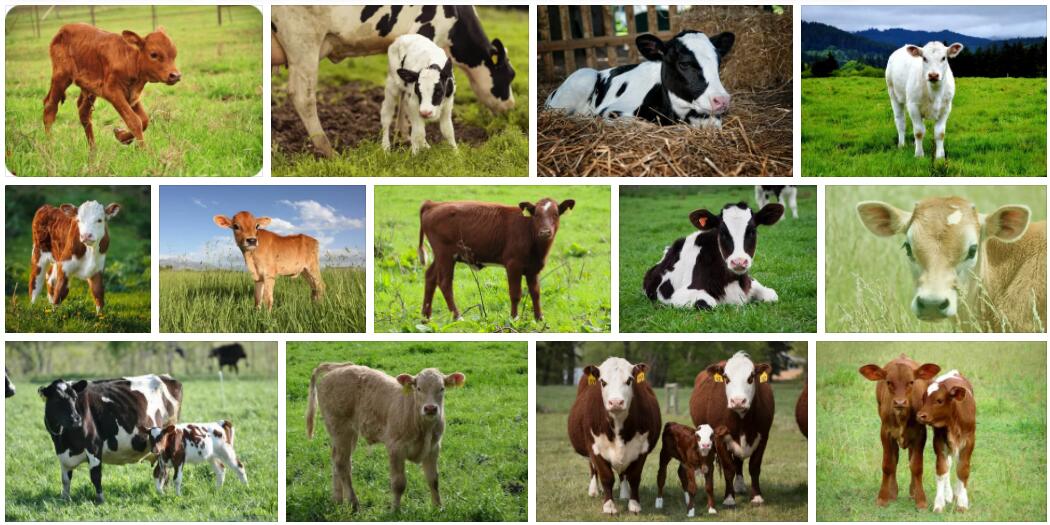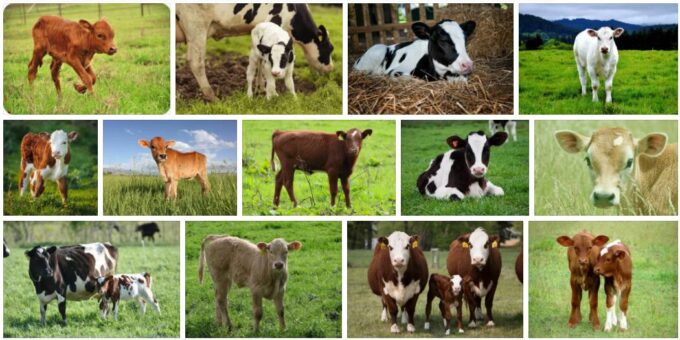The first thing to know is that there is no clear etymological origin of this term. Thus, there are theories that establish that it derives from the Basque word “beicecor” and others that determine that it comes from the Iberian “ibex”. The latter is a word that was used to refer to a species of antelope.
A calf is the calf of an animal of the Bos primigenius taurus species (colloquially known as a cow) that is up to two or three years old. The concept is equivalent, in certain areas, to the notion of a steer.
The cows are mammals belonging to the family group of the bovines. This class of animals is usually raised in the field to obtain milk and meat. Their leather, their horns and sometimes even their excrement are also used. The bulls (male specimens of cattle), moreover, are used in certain nations under tauromaquia events.
Bovine livestock is called the breeding and use of this species. In this context, the obtaining of calves is promoted by the human being. Cows lack a particular breeding season: this means that they can breed at any time of the year.
The average length of the cow’s reproductive cycle is 21 days. Once the cow is pregnant, after about nine months of gestation, the calf gives birth.
Also known as calf is the skin of a calf that is tanned and can be used for the manufacture of footwear; a plant also called a dragon; and to the book where certain religious communities copied writings of their belongings and their different privileges.
In Spain, finally, there are several places that bear the term calf in their name, such as the El Becerro archaeological site in Huelva, the Peal de Becerro municipality in Jaén and the Cuevas del Becerro in Malaga.
Likewise, it should not be overlooked that in Bolivia, specifically in the Santa Cruz area, there is the Laguna del Becerro. It has just over 52 hectares and dimensions of 890 x 1,014 meters.
Within the scope of literature, the term calf in question has also been used. This would be the case, for example, of the novel “The Golden Calf”. It was published in 1931 and was written “a la lemon” by the Soviet authors Iliá Ilf and Yevgueni Petrov. It is the continuation of the work “The twelve chairs”, which was released in 1927.
The protagonist is none other than Ostap Bénder, a strategist who, after overcoming a neck wound that has nearly ended his life, decides to take money from a clandestine millionaire. However, his plans will not go well and he will not reach the goal. But you don’t want to give up, so you choose to take another step.
Specifically, it will be fully informed about the life of the millionaire and thus it will be that he will discover some aspects that he will use to start a blackmail.

